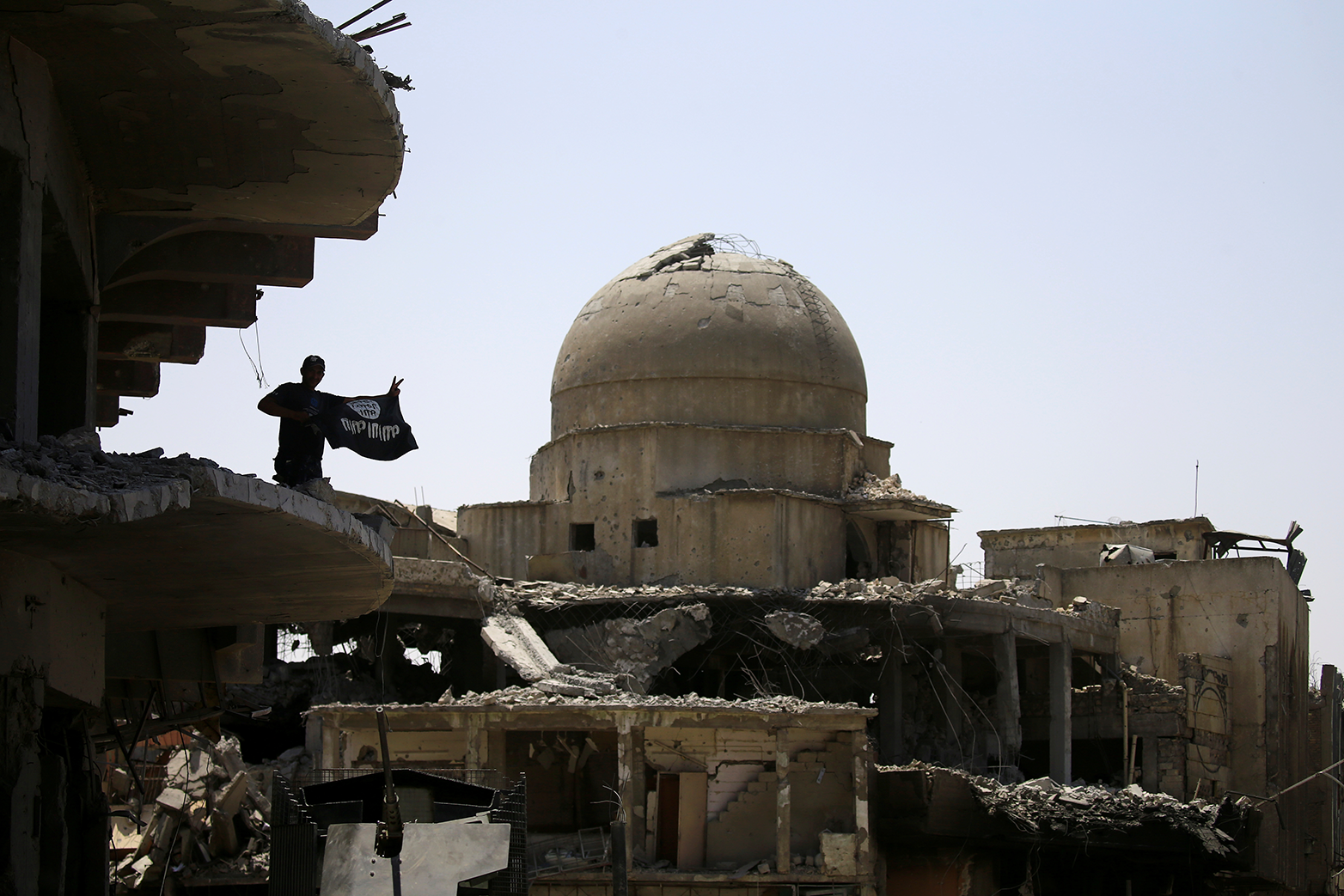The State of the Islamic State
The Islamic State group (IS) seems to have been reduced to a shadow of its former self. Public attention in the West has waned, and the priorities of the international community shifted to other issues. This warrants taking stock of the group’s current status and assessing the dangers it still poses, argues Fabien Merz in this CSS Analysis.

At the height of its power between 2014 and 2015, the group held sway over a territory approximately the size of the United Kingdom that stretched from Aleppo, in northwestern Syria to Diyala, in northeastern Iraq. It controlled large urban centers, including Mosul, the second-largest city in Iraq, as well as Raqqa in Syria, declaring an “Islamic Caliphate” in 2014. Drawing on these initial successes and thanks to an astutely engineered propaganda campaign, the group also managed to radicalize individuals across the globe and attract unprecedented large numbers of foreign fighters, including thousands of individuals hailing from Western countries. In parallel, IS also showcased its global ambitions and reach by unleashing a campaign of terror around the world, also perpetrating and inspiring multiple attacks across Europe. Additionally, the group also established a global network of regional franchises and local affiliates.
